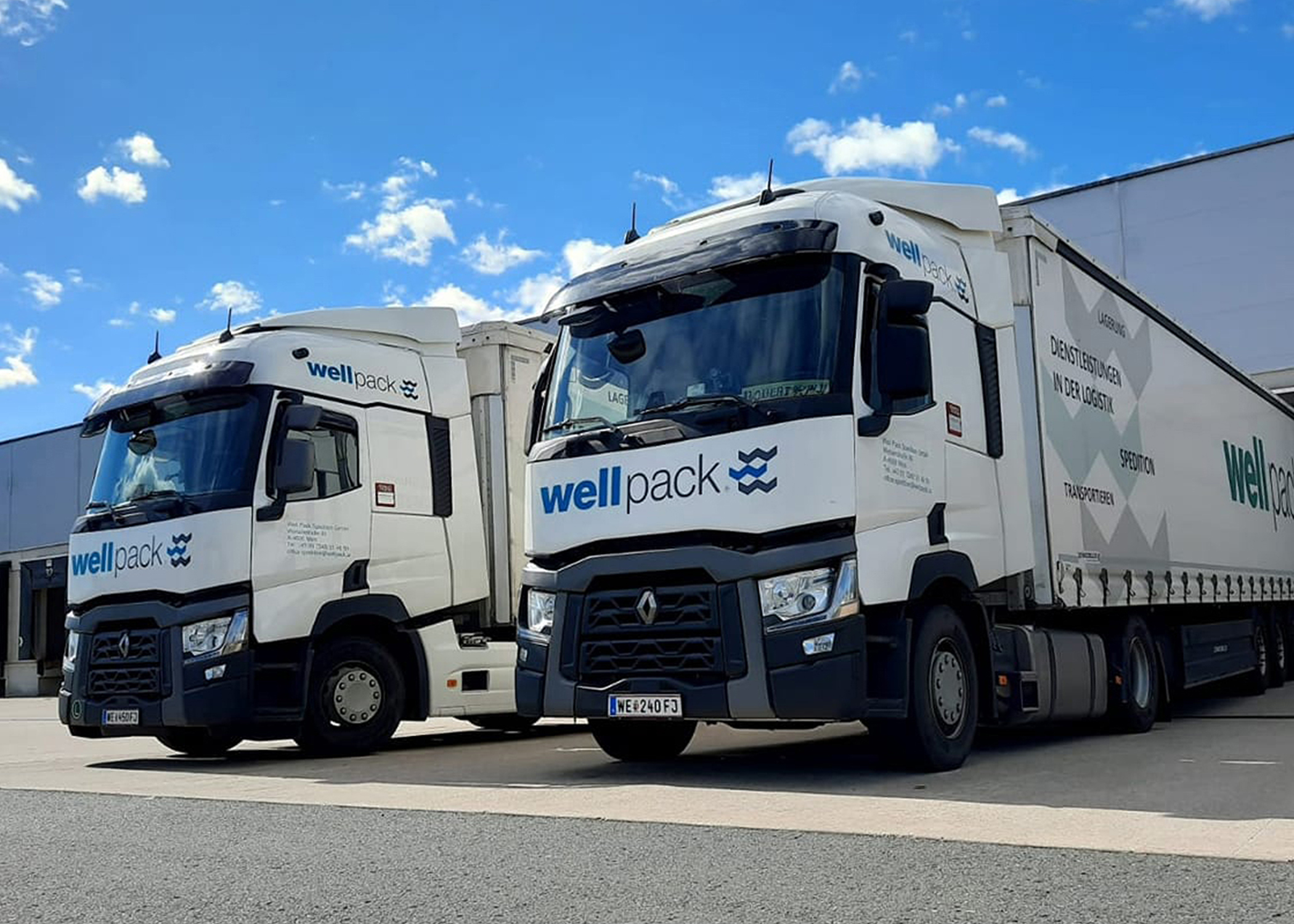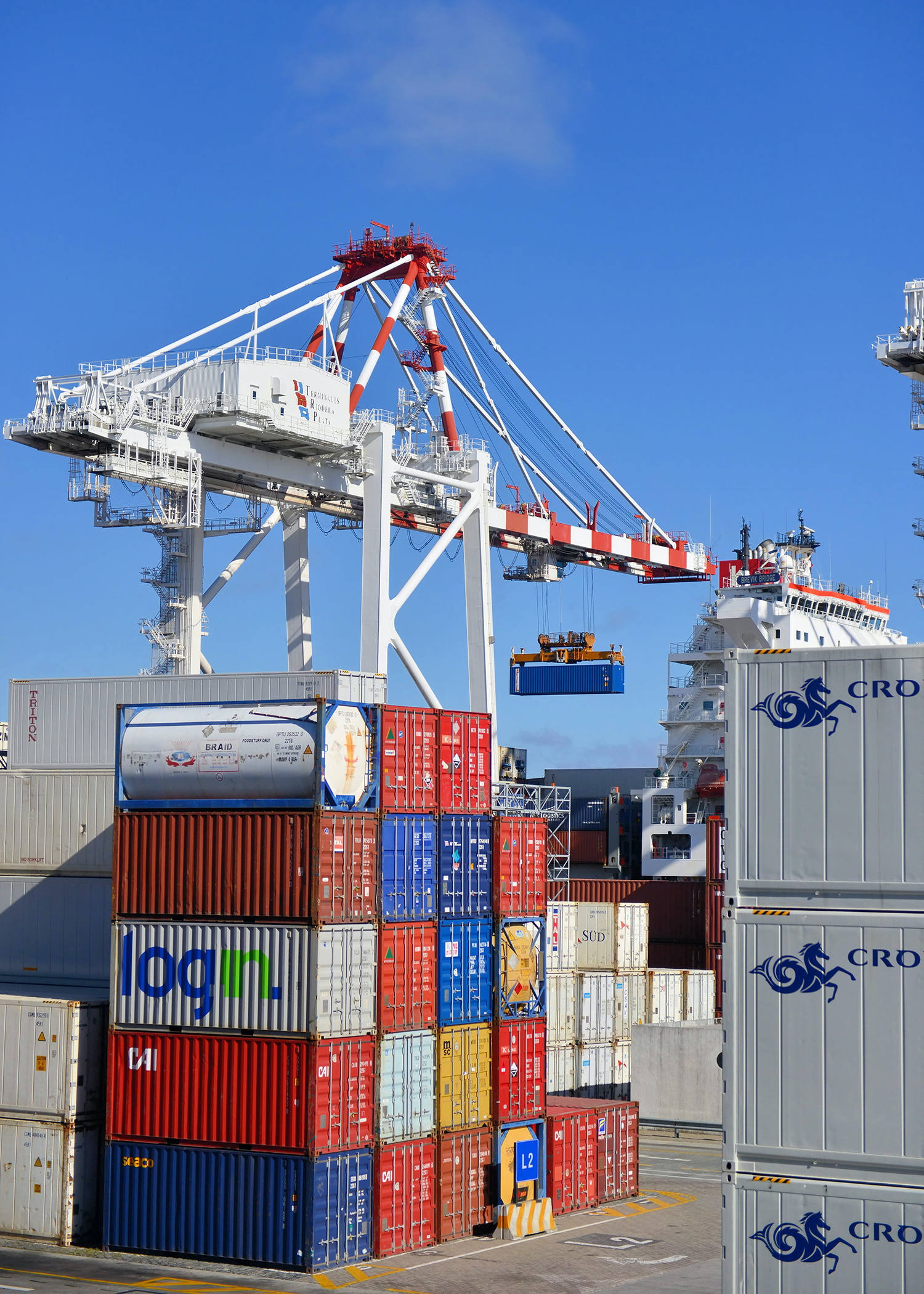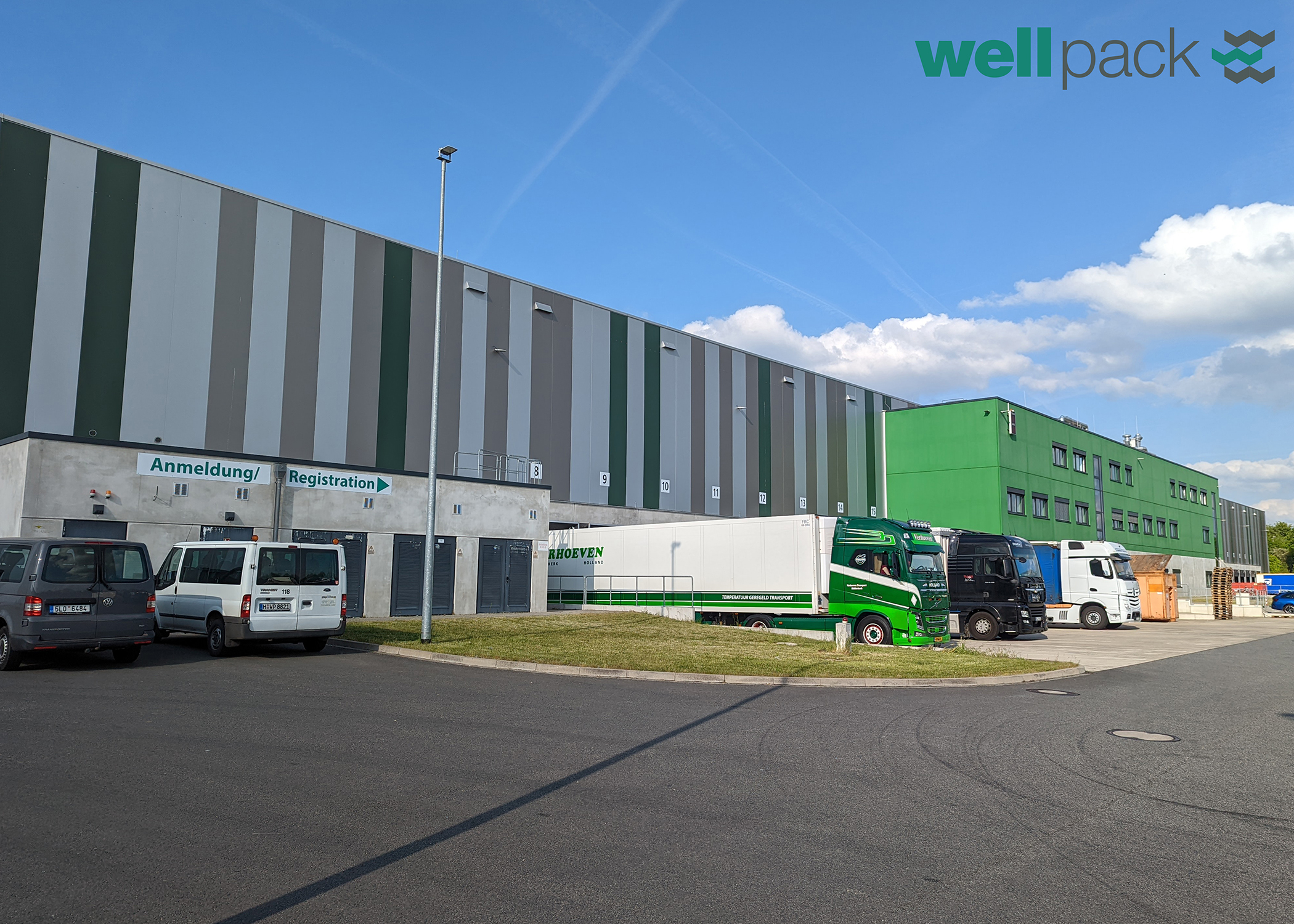Unlocking the EU’s Single Market: A Comprehensive Guide for Businesses Seeking to Expand Their Reach

Navigating the complexities of the European market poses a significant challenge for large companies that sell a diverse range of products across the continent. This complexity arises from a multitude of factors, including:
- Divergent Regulatory Landscape: With 27 member states, the EU presents a patchwork of regulations, taxation systems, and customs procedures. Adapting to these variations can be cumbersome and costly for companies seeking to comply with all applicable requirements in each country. This requires effective logistics management and third-party logistics (3PL) services to ensure seamless cross-border operations.
- Varied Consumer Preferences: Each European country boasts distinct consumer preferences and buying habits. Tailoring marketing strategies and product offerings to cater to these regional nuances can be a demanding task for companies seeking to resonate with diverse audiences. This necessitates inventory management strategies that align with local consumer trends and demand patterns.
- Intense Market Competition: The European market is fiercely competitive, with established players holding a strong presence. New entrants face an uphill battle in gaining a foothold and establishing a competitive edge. This calls for differentiated logistics and distribution strategies that provide a competitive advantage and enhance customer satisfaction.
Beyond these general challenges, large companies selling across Europe also grapple with specific hurdles:
- Navigating EU Regulatory Maze: The EU’s comprehensive regulatory framework encompasses product safety, labeling, packaging, and advertising standards. Companies must meticulously adhere to these regulations to ensure their products are compliant. This necessitates compliance management expertise and 3PL partnerships with deep regulatory knowledge.
- Managing Multi-Jurisdictional Inventory: Maintaining accurate inventory levels across multiple EU member states is crucial to avoid stockouts or overstocking. This requires a robust inventory management system that aligns with local regulations and can be effectively integrated with logistics and distribution processes.
- Orchestrating Efficient Logistics: Coordinating logistics and distribution networks across the EU demands strategic planning and efficient execution. Companies must select the most appropriate transportation options while considering cost-effectiveness and timeliness. This calls for logistics outsourcing to 3PL providers with expertise in cross-border logistics and a proven track record of delivering efficiency and cost savings.
To conquer these challenges, large companies must adopt strategic approaches:
- Deep Market Understanding: Companies should cultivate a thorough understanding of the regulatory landscapes, consumer preferences, and competitive dynamics in each EU member state. This requires market research and market intelligence gathering to identify trends, opportunities, and potential market gaps.
- Technology-Powered Efficiency: Investing in technology to automate and streamline operations can enhance efficiency, reduce costs, and improve customer service. This includes warehouse management systems, transportation management systems, and supply chain management software.
- Local Partnerships: Collaborating with local distributors and logistics providers provides access to insights, expertise, and infrastructure that can optimize operations within each country. This necessitates supply chain partnerships with local distributors and 3PL providers that can provide deep local knowledge and insights.
By implementing these strategies, large companies can navigate the intricacies of the European market and achieve success in this competitive yet rewarding landscape.
Navigating the complexities of the European market and expanding your business across the continent requires a strategic approach that encompasses comprehensive market understanding, digital transformation, localized partnerships, multilingual marketing, harmonized data management, cross-border payments, adaptive pricing, strategic logistical networks, sustainability, and continuous market monitoring.
-
Comprehensive Market Understanding
To effectively attract more customers and enhance services, companies must cultivate a thorough understanding of the diverse regulatory landscapes, consumer preferences, and competitive dynamics across each EU member state. This requires market research and market intelligence gathering to identify trends, opportunities, and potential market gaps. Companies can also leverage technology-powered tools, such as supply chain management software, to gain insights into consumer behavior, market trends, and competitor strategies.
-
Digital Transformation and Automation
Capitalizing on digital technologies can streamline operations and enhance efficiency. Implementing digital marketing platforms, e-commerce solutions, inventory management systems, and advanced logistics tools can optimize supply chain processes, improve customer service delivery, and reduce costs. Embracing automation can automate tasks, streamline workflows, and free up employees to focus on value-added activities.
-
Localized Partnerships and Collaborations
Partnerships with local distributors, logistics providers, and marketing agencies in each EU country provide access to local expertise, market insights, and cultural understanding. These partnerships can help companies navigate local regulations, build relationships with key stakeholders, and gain a deeper understanding of consumer preferences.
-
Multilingual Marketing and Customer Support
Effective communication is crucial for building customer relationships and fostering brand loyalty. Adapting marketing campaigns, product descriptions, and customer support to suit local languages and cultural sensitivities ensures that companies connect with consumers on a personal level and deliver a consistent brand experience across the EU.
-
Harmonized Data Management and Compliance
The EU’s General Data Protection Regulation (GDPR) mandates robust data management practices to protect customer privacy and ensure compliance across all member states. Companies must implement standardized data management procedures and invest in data privacy training for employees to ensure compliance with GDPR requirements.
-
Cross-Border Payments and Currency Management
Streamlining cross-border payments and currency management can reduce transaction fees, improve payment processing times, and provide a more seamless experience for customers across the EU. Companies can utilize specialized payment gateways, currency exchange platforms, and regional payment processing solutions to optimize their cross-border transactions.
-
Adaptive Pricing and Product Strategies
Pricing strategies and product offerings must align with local market dynamics and customer preferences to maximize profitability and customer satisfaction. Companies should conduct market research to understand price sensitivity, competitive landscapes, and consumer expectations in each region.
-
Strategic Logistical Networks
Developing robust and efficient logistical networks is essential for delivering products to customers across the EU in a timely and cost-effective manner. Companies should optimize shipping routes, utilize local transportation providers, and consider regional distribution centers to ensure efficient and cost-effective logistics operations.
-
Sustainability and Ethical Practices
Adopting sustainable and ethical practices throughout the supply chain, from sourcing materials to manufacturing processes to waste management, can resonate with environmentally conscious consumers and contribute to a positive brand image. Embracing sustainability initiatives signals a commitment to responsible business practices and can enhance brand loyalty.
-
Continuous Market Monitoring and Adaption
Regularly monitoring market trends, customer feedback, and regulatory changes is critical for staying ahead of the curve and adapting strategies accordingly. Companies should utilize data analytics tools, market research reports, and industry insights to identify emerging trends, assess customer preferences, and make informed decisions about product development, marketing campaigns, and supply chain operations.
By implementing these comprehensive strategies, companies can effectively expand their customer base, enhance their services, navigate the harmonization of regulations across the EU, and pave the way for long-term success in this dynamic market.
The European Union is constantly striving to streamline and enhance cross-border operations for businesses operating within its member states. This includes simplifying trade barriers, reducing bureaucratic hurdles, and promoting fair competition.
One of the most significant initiatives in this regard is the Single Market Act, which aims to establish a truly integrated market where goods, services, capital, and labor can flow freely without restrictions. This will foster seamless business operations and encourage entrepreneurship across the EU.
The Single Market Act encompasses a range of measures to facilitate cross-border business activities, including:
- Streamlined Cross-Border Trade: The EU is simplifying customs procedures and introducing a unified electronic customs declaration system, making it easier for businesses to export and import goods and services across borders.
- Abolishing Unjustified Geoblocking: Geoblocking, the practice of restricting access to websites or services based on a user’s location, is prohibited under the Single Market Act. This will expand the potential customer base for businesses operating in the EU.
- Enhanced Cross-Border Data Flows: The EU is improving data exchange mechanisms between member states, enabling businesses to utilize cloud-based solutions and share information seamlessly with partners and suppliers.
To further simplify the regulatory environment for businesses, the EU is implementing measures such as:
- Harmonized Technical Standards: The EU is harmonizing technical standards for products and services, making it easier for businesses to comply with EU regulations and reducing the burden of navigating varying standards across member states.
- Streamlined Administrative Procedures: The EU is streamlining administrative processes for businesses, such as introducing a single registration point for business registration. This will reduce the time and effort required for businesses to fulfill regulatory requirements.
- Enhanced Access to Online Dispute Resolution: The EU is improving access to online dispute resolution platforms for both businesses and consumers, enabling businesses to resolve issues with customers more efficiently and providing consumers with a convenient method to address grievances.
- The EU’s efforts to enhance cross-border trade and simplify regulations have already demonstrated positive impacts on businesses. A study by the European Commission found that the Single Market Act has created an estimated 1.6 million jobs and contributed to an estimated €3.1 trillion increase in the EU’s GDP.
- The EU remains committed to ongoing efforts to streamline cross-border operations, creating a more competitive and dynamic business environment that benefits businesses of all sizes. Specific examples of ongoing initiatives include:
- European Electronic Communications Code (EECC): This code aims to simplify regulations for telecommunications operators, making it easier for them to provide cross-border services.
- European Commission’s Action Plan on Services of General Interest: This plan aims to improve the accessibility and quality of public services across the EU, supporting businesses reliant on these services.
- European Commission’s Action Plan on the Digital Transformation of Industry: This plan aims to empower businesses to adopt digital technologies, facilitating their cross-border operations and enhancing their competitiveness.
TAGS: #3PL #Fulfillment #Logistics #Transport #Transportation






